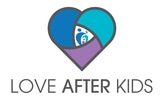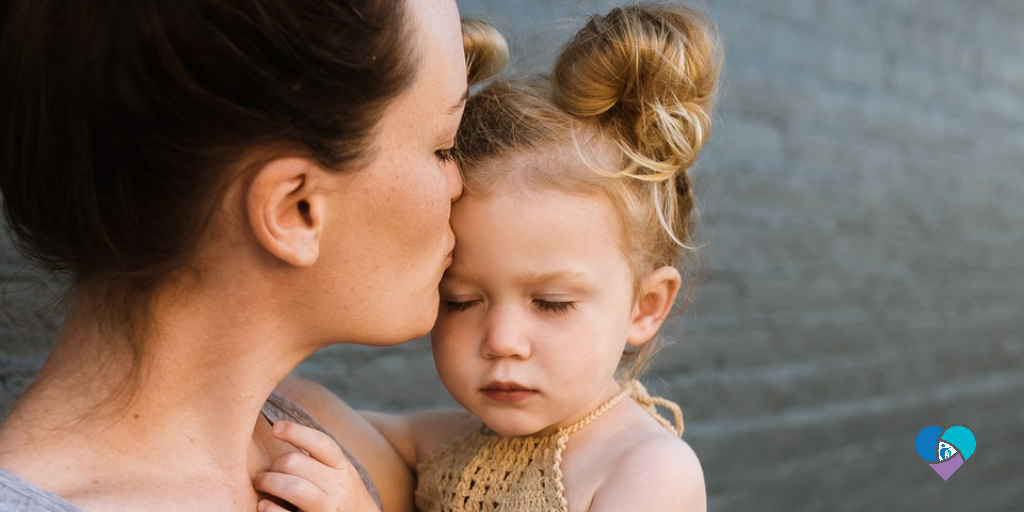Health Risks you can see
What causes indoor allergies?
Small changes, big benefits
- Control moisture. Moisture comes from leaky faucets, water-damaged walls, clogged gutters, wet carpeting, and poorly-sealed windows and doors.
- Use non-toxic cleaning products. Non-toxic cleaning products are just as effective as their toxin-containing cousins. You probably have many of the best cleaners in the pantry right now. Baking soda, vinegar, olive oil, and lemon juice may be all you need to keep a clean house. Greatist contributor Laura Newcomer explains how you can turn these ingredients, along with a few other non-toxic cleansers, into powerful cleaning solutions you can use throughout the house.
- Open the windows every day. The absolute best way to get rid of indoor air is to let the outdoor air in. Open your windows for 10 to 15 minutes most days, even if it’s cold. Make sure to open at least one window on each side of the house to get an adequate airflow. Merry Maids cautions, however, that you should leave them shut on high-pollen days.
- Test out your green thumb. Add a few VOC-filtering plants to your home’s design scheme. American Home Shield explains that aloe vera and the common spider plant are especially effective.
- Wash your bedding weekly. It may not be the quickest chore, but washing your bedding at least once each week can help eliminate settled dust, pollen, and dead skin on the sheets, the latter of which feeds dust mites. For the best results, use the hottest water possible. When it’s nice out, it also won’t hurt to let your mattress get some fresh air and sunshine.
- Change your flooring. If your children stay sick despite your best efforts to keep the house clean and the air clear, you may need to consider bigger changes. Carpeting is one of the worst possible flooring options for allergy sufferers. Choose instead tile, cork, laminate, or hardwood.
Talk to your doctor about performing an allergy test to help narrow down what’s causing your child’s symptoms. This is a simple skin patch test that gives results almost immediately for many common allergens, although some can take days to weeks for a readable response.
You don’t have to let your home make your child sick. A few simple changes to your daily routine can have a positive and lasting impact on the health of your entire family.
If you haven’t already read the book, it’s a great place to start - Relationship Reboot: Break free from the bad habits in your relationship.
David B. Younger, Ph.D. is the creator of Love After Kids, for couples that have grown apart since having children. He is a clinical psychologist and couples therapist with a web-based private practice and lives in Austin, Texas with his wife, 13-year-old son, 4-year-old daughter and 6-year-old toy poodle.


 RSS Feed
RSS Feed